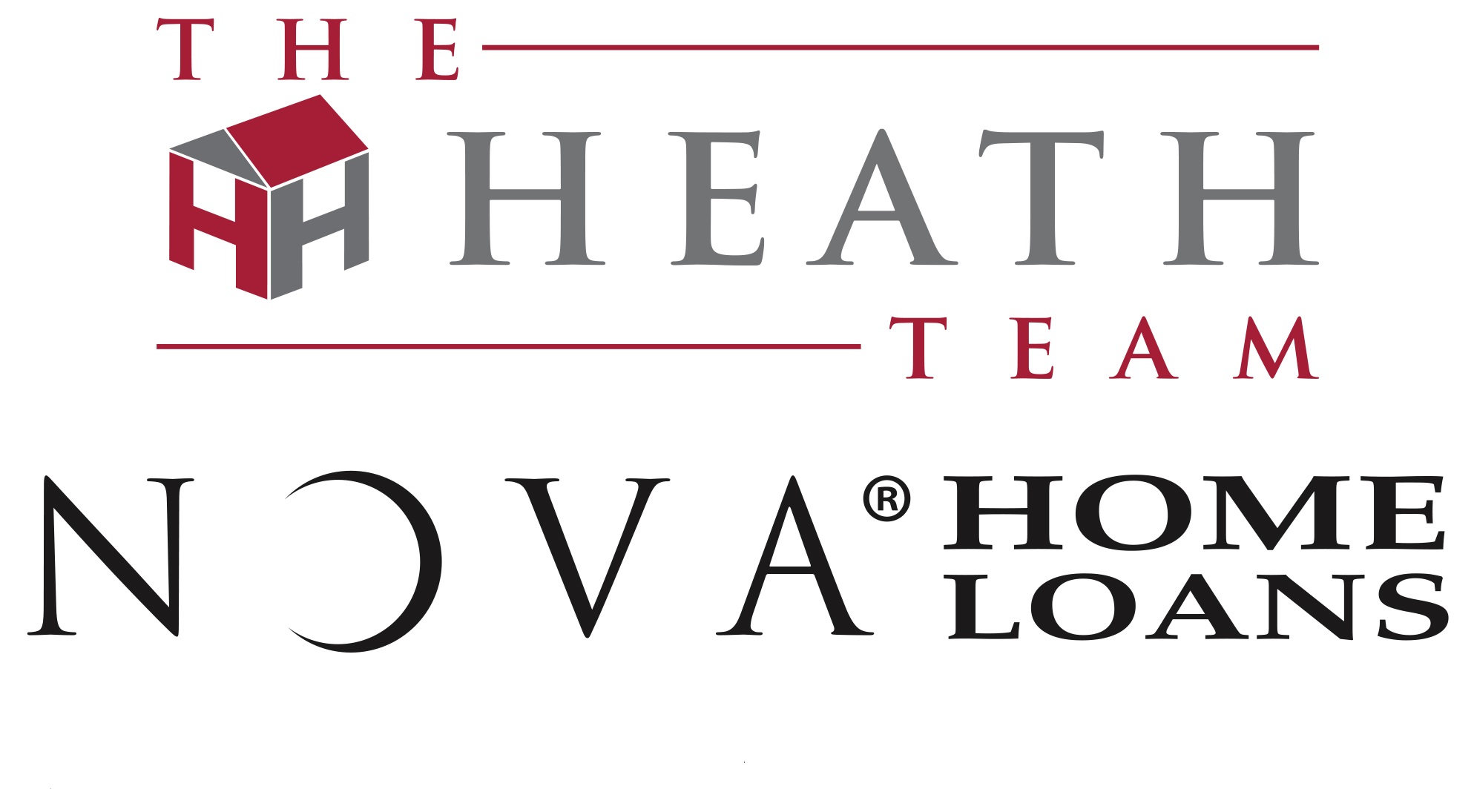Your rate is either “floating” or “locked”. While a buyer is shopping for a home the terms of the loan are subject to change with the market conditions. Once they are under contract, with a defined closing date they can consider “locking” in the rate.
A rate lock agreement is the understanding from the lender that no matter what happens in the market, the borrowers rate will not increase. However, it is also the understanding from the borrower that a rate improvement will not be passed along to them.
A floating rate means it can go up or down based on the conditions of the market. You should read our post on rates for more details on market influence.
The Heath Team believes in evaluating each borrower’s situation and market conditions before making a lock recommendation. The market trends help us evaluate the likely hood of rates moving up or down- no guarantee, but we have great tools and close to 20 years’ experience to offer our clients.
Rate lock agreements are for a defined period of time. If the loan has not closed within that time frame there are options to extent the agreement. Rates tend to improve with shorter lock periods and are available in 15 day increments. A borrower with 31 days until closing is getting the 45 day lock and may benefit for waiting to get the 30 day. We also explore the option of discount points.
When a borrower cannot comfortably afford the home if the payment goes up, we will usually recommend locking – regardless of market trends. Being locked in will ensure that the borrower’s
payments are where they plan for them to be. This will put the mind at ease and secure the affordability of the home.
If market trends are favorable, we may recommend floating until we hit a target rate. If the rate is floating, we will have a plan in place to lock if the market indicates we are heading up.
As with every aspect of the home buying or refinancing journey, we are your guide and advisor. Each person and each journey is unique so our guidance is tailored to your needs.
Call us to discuss.


